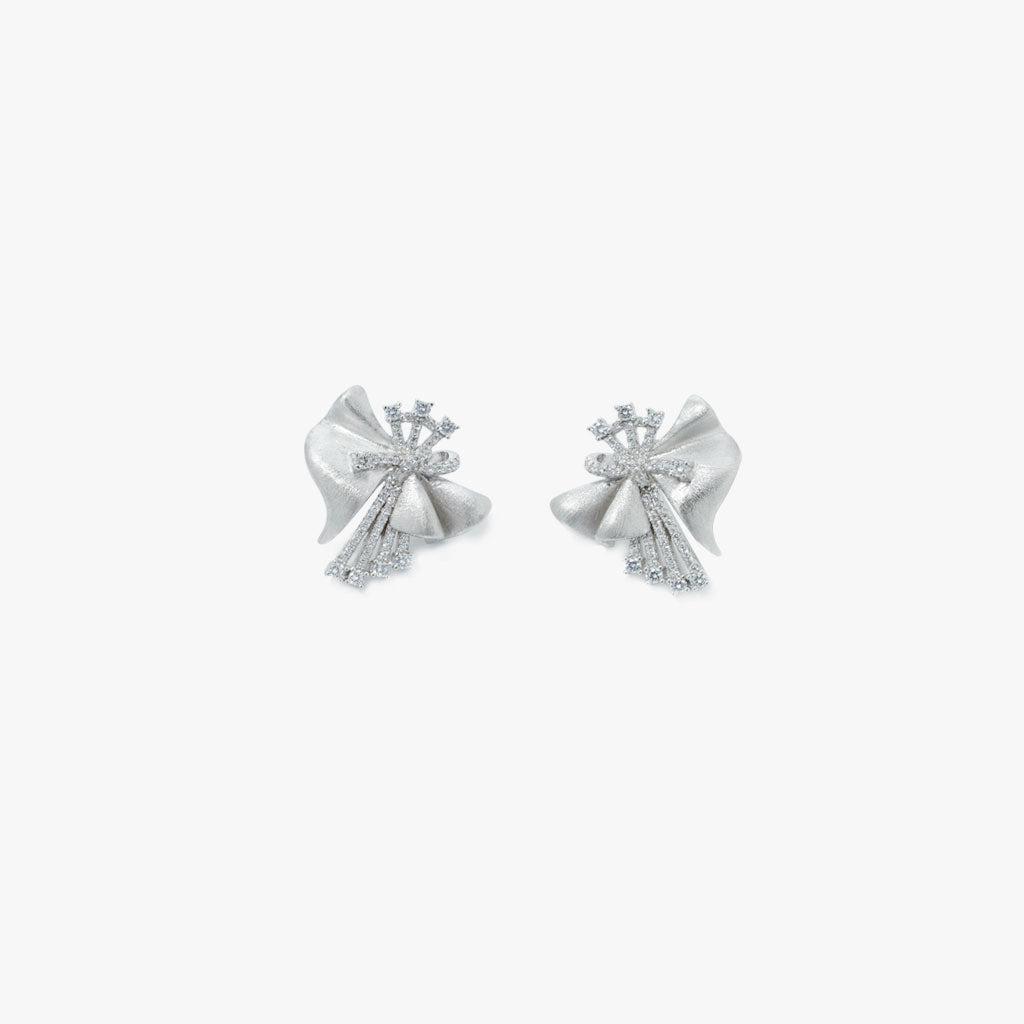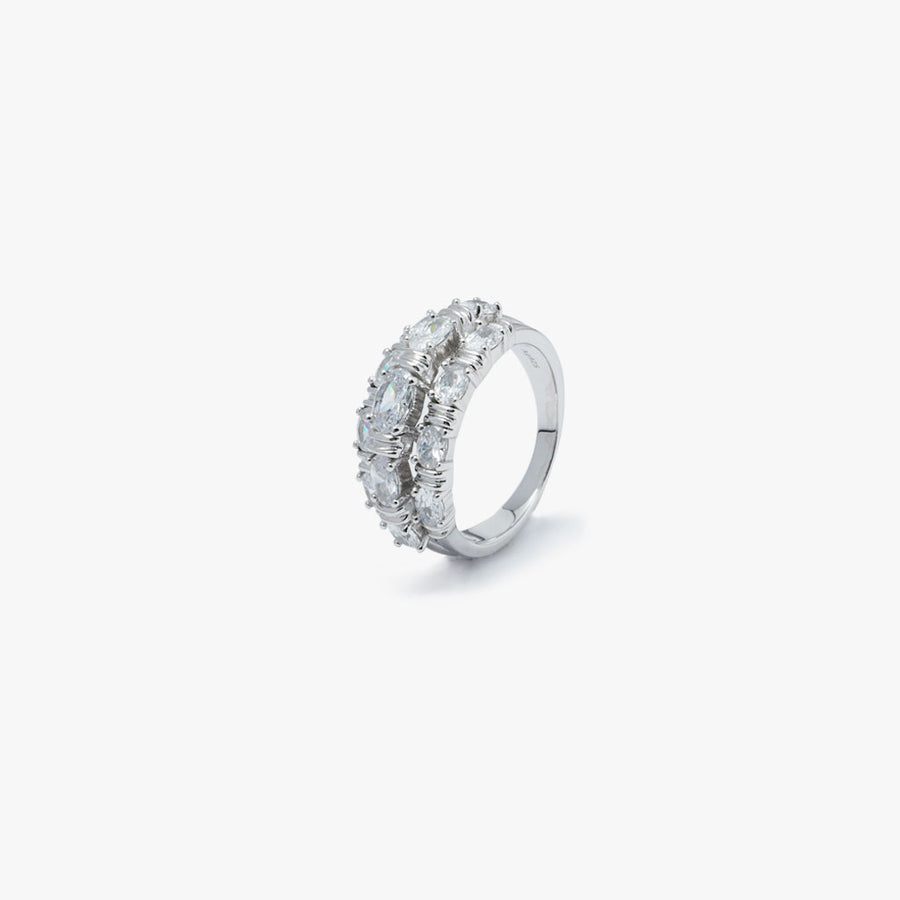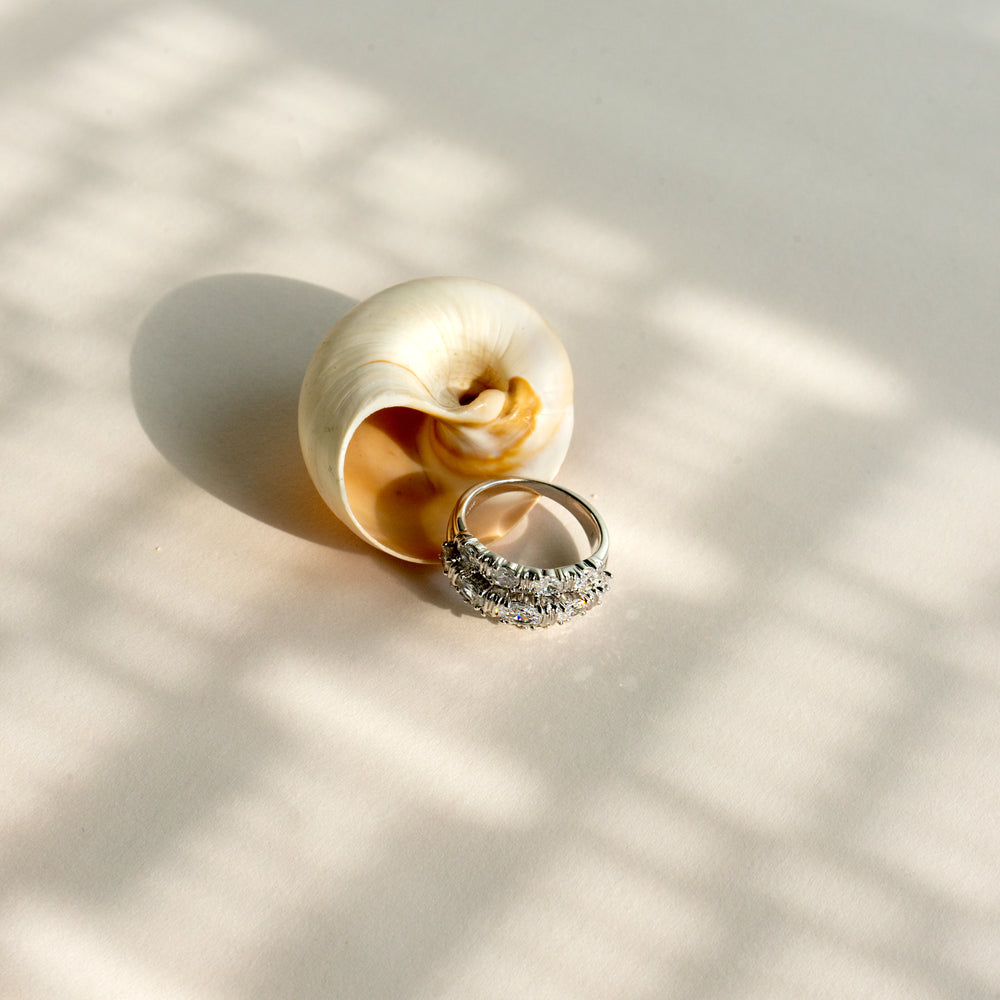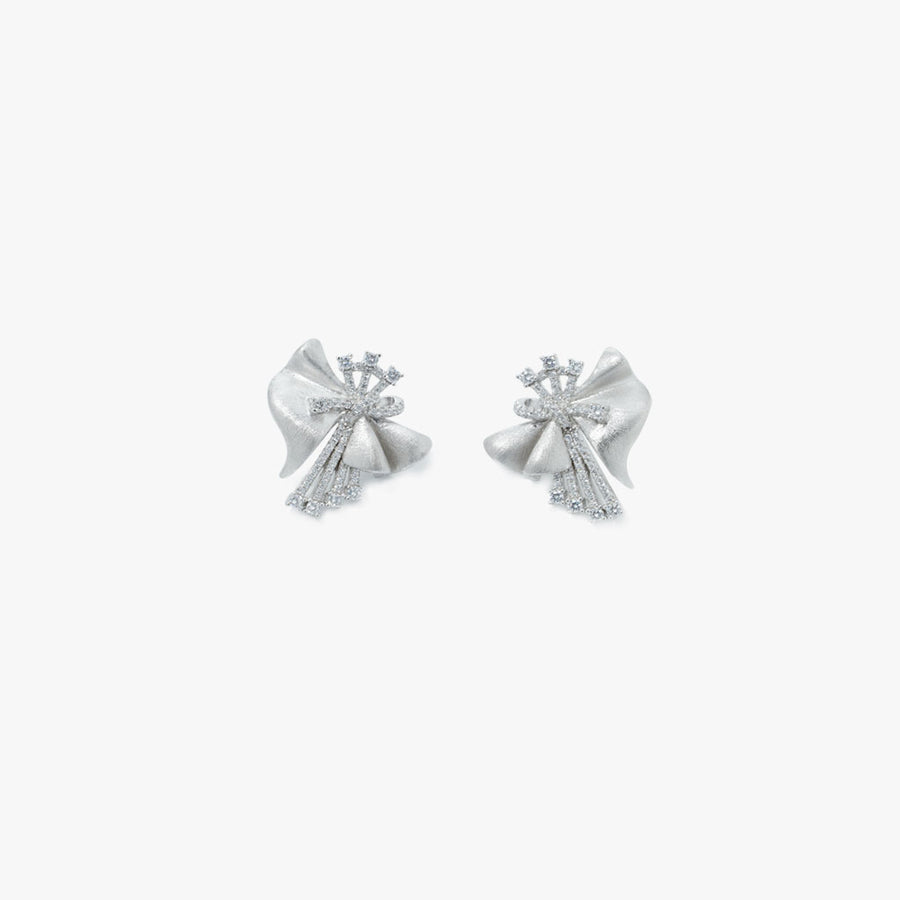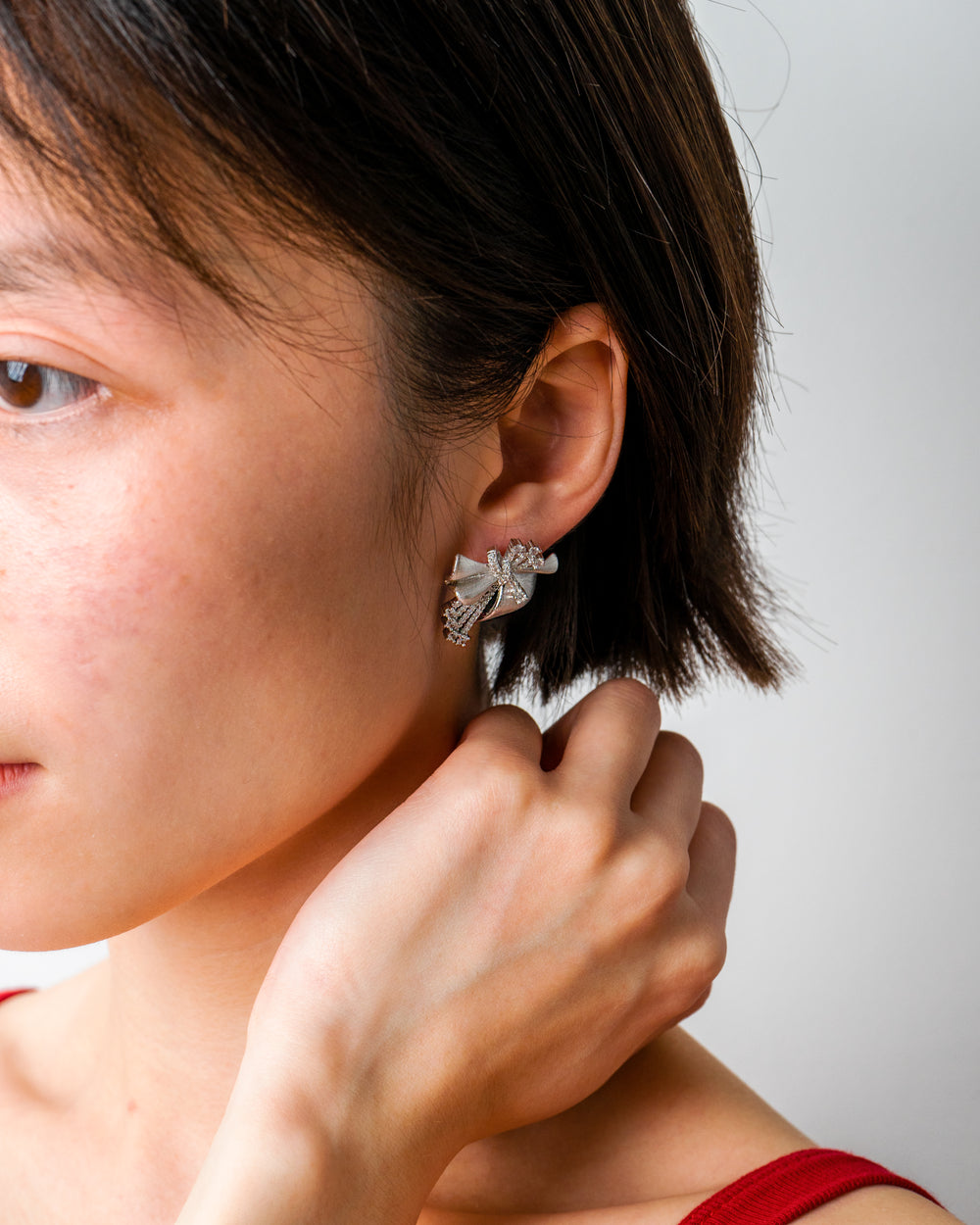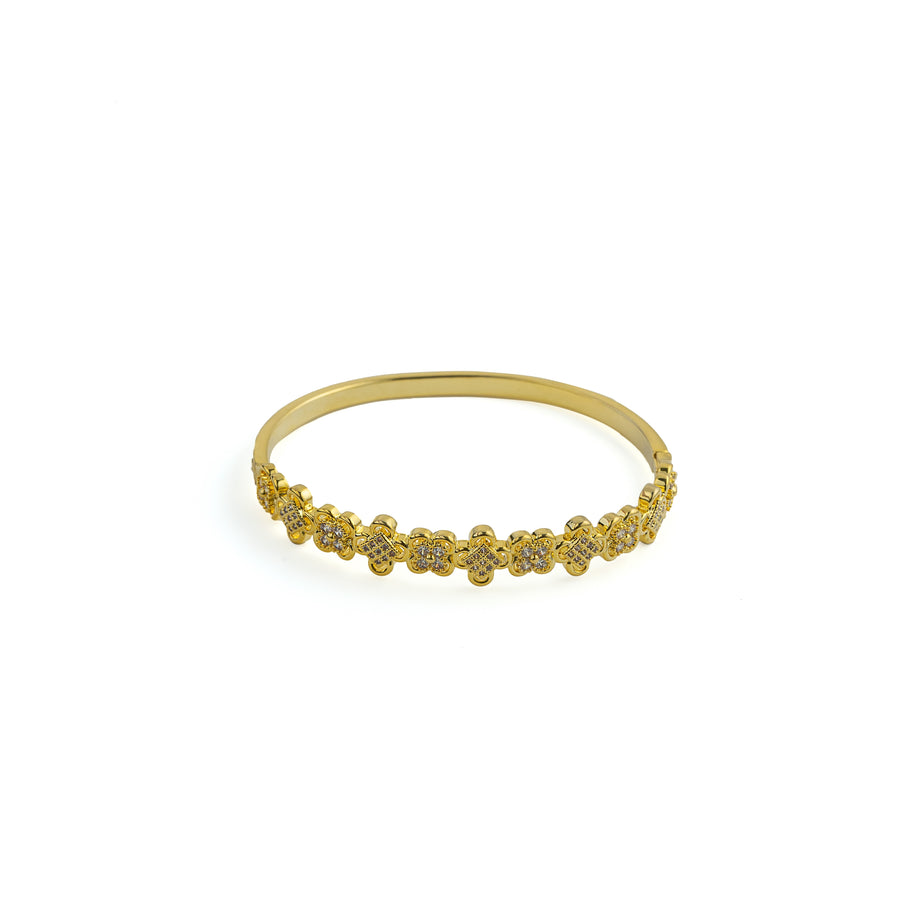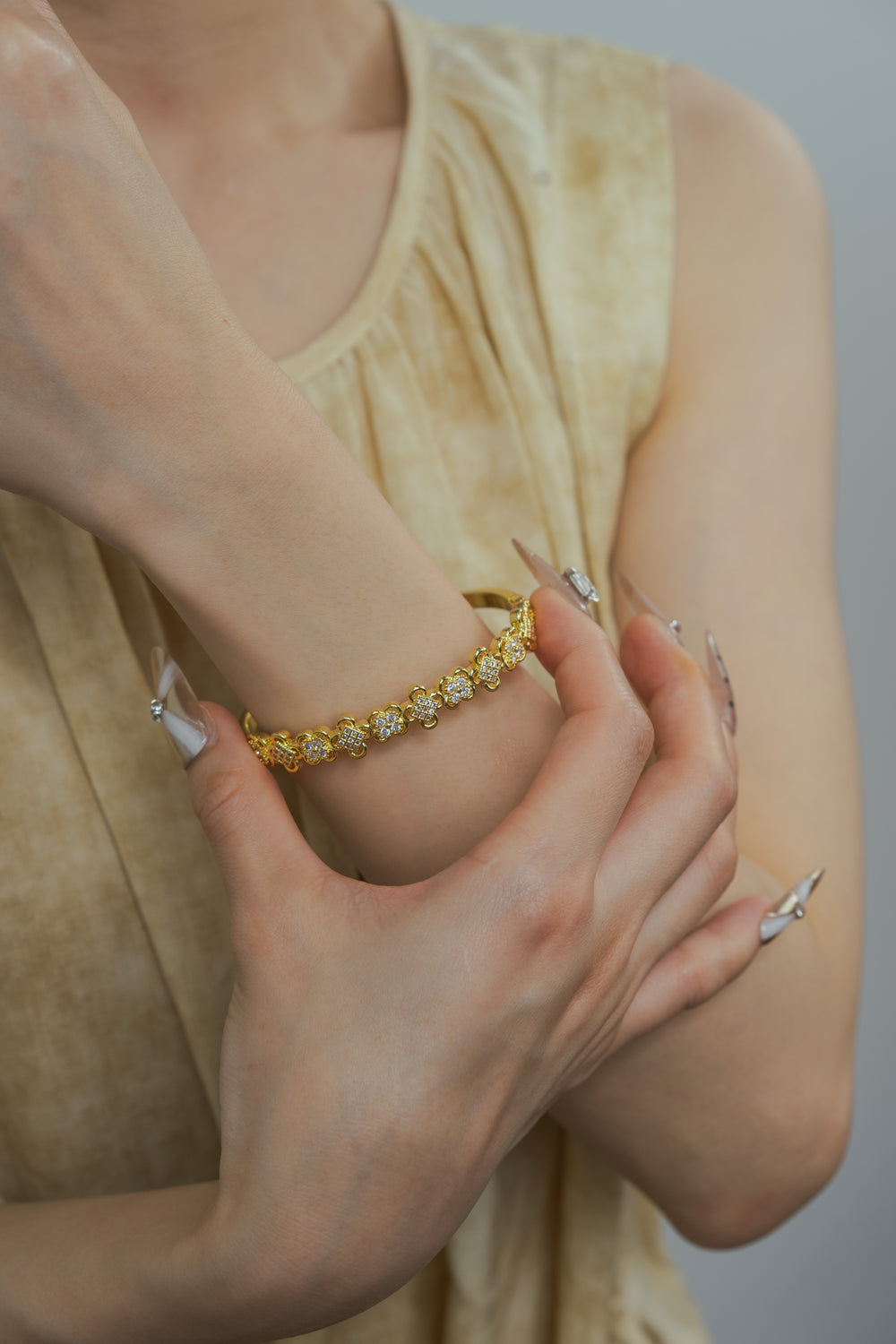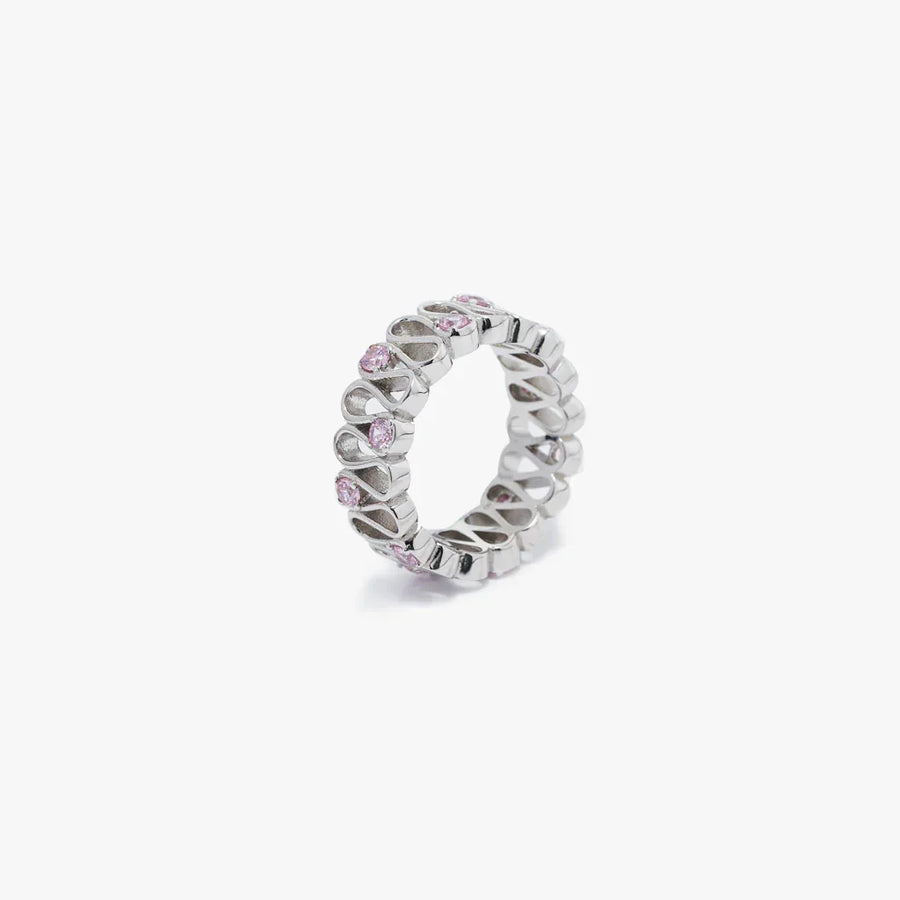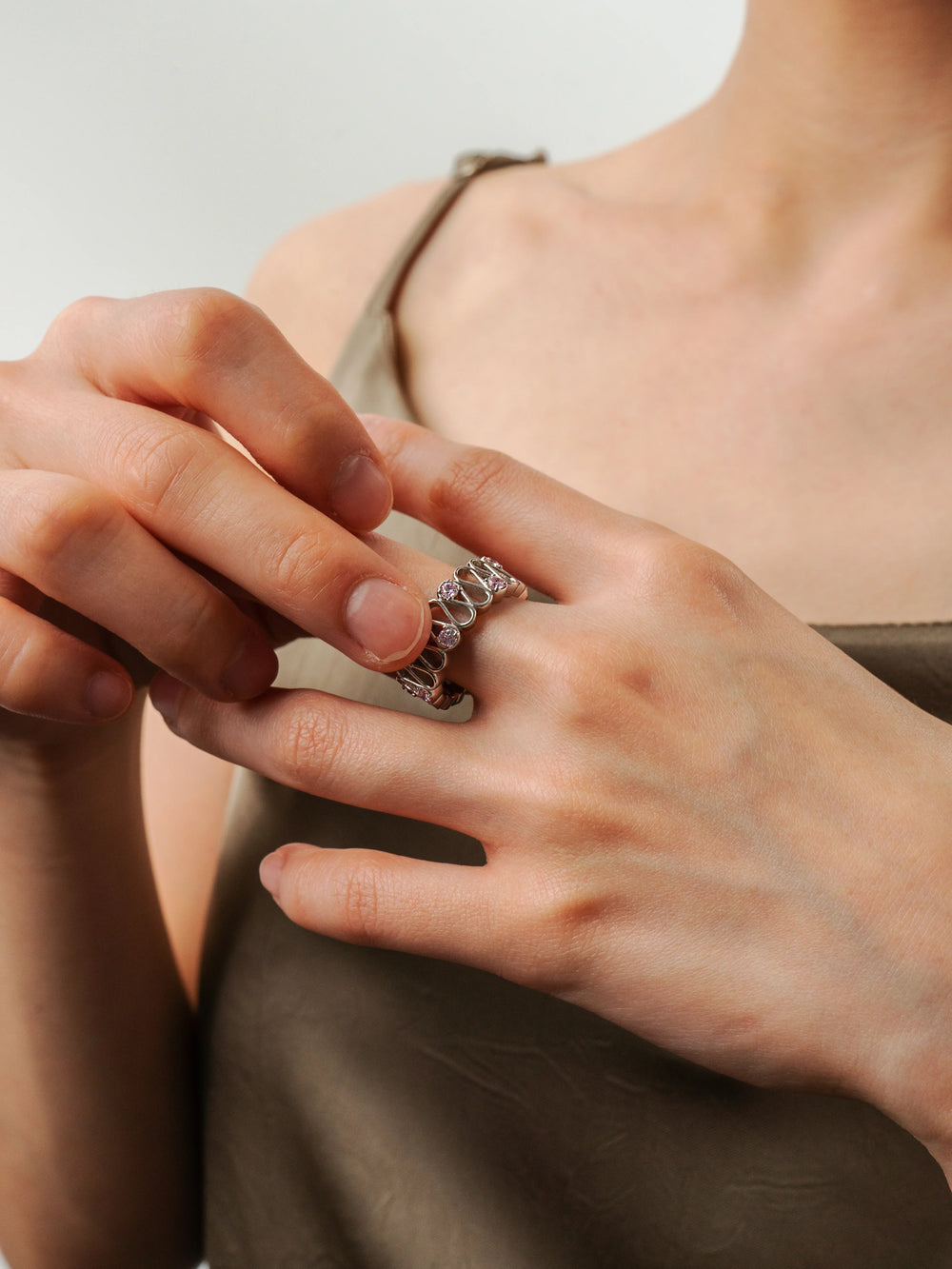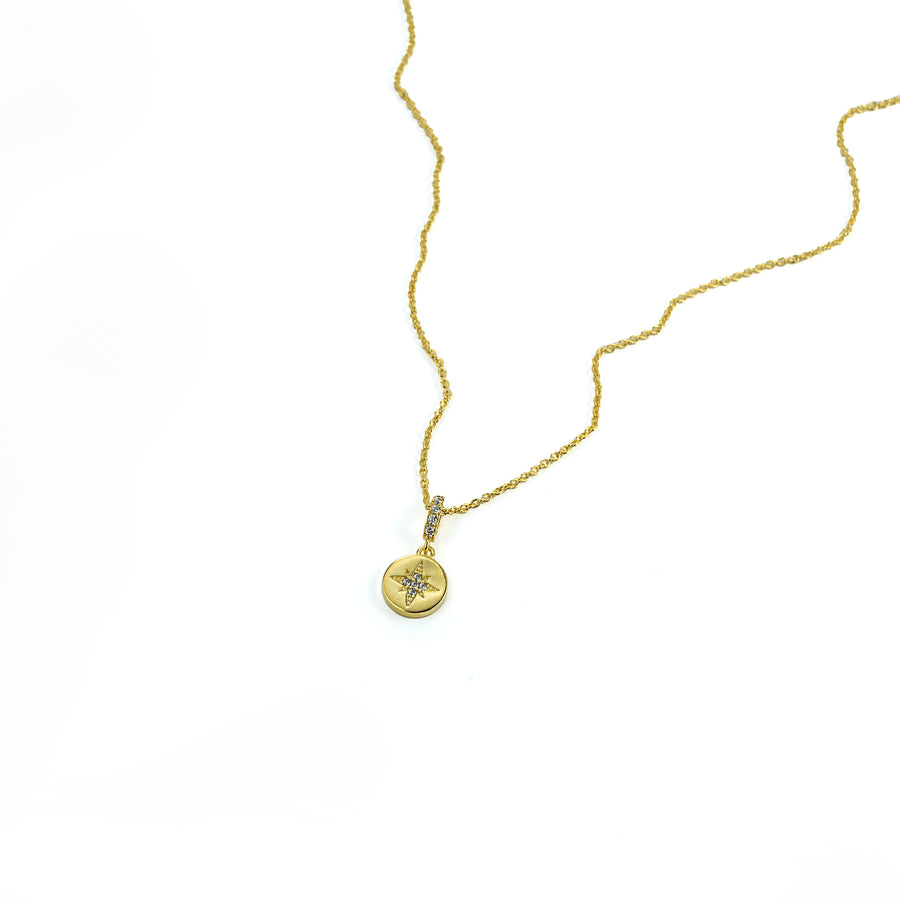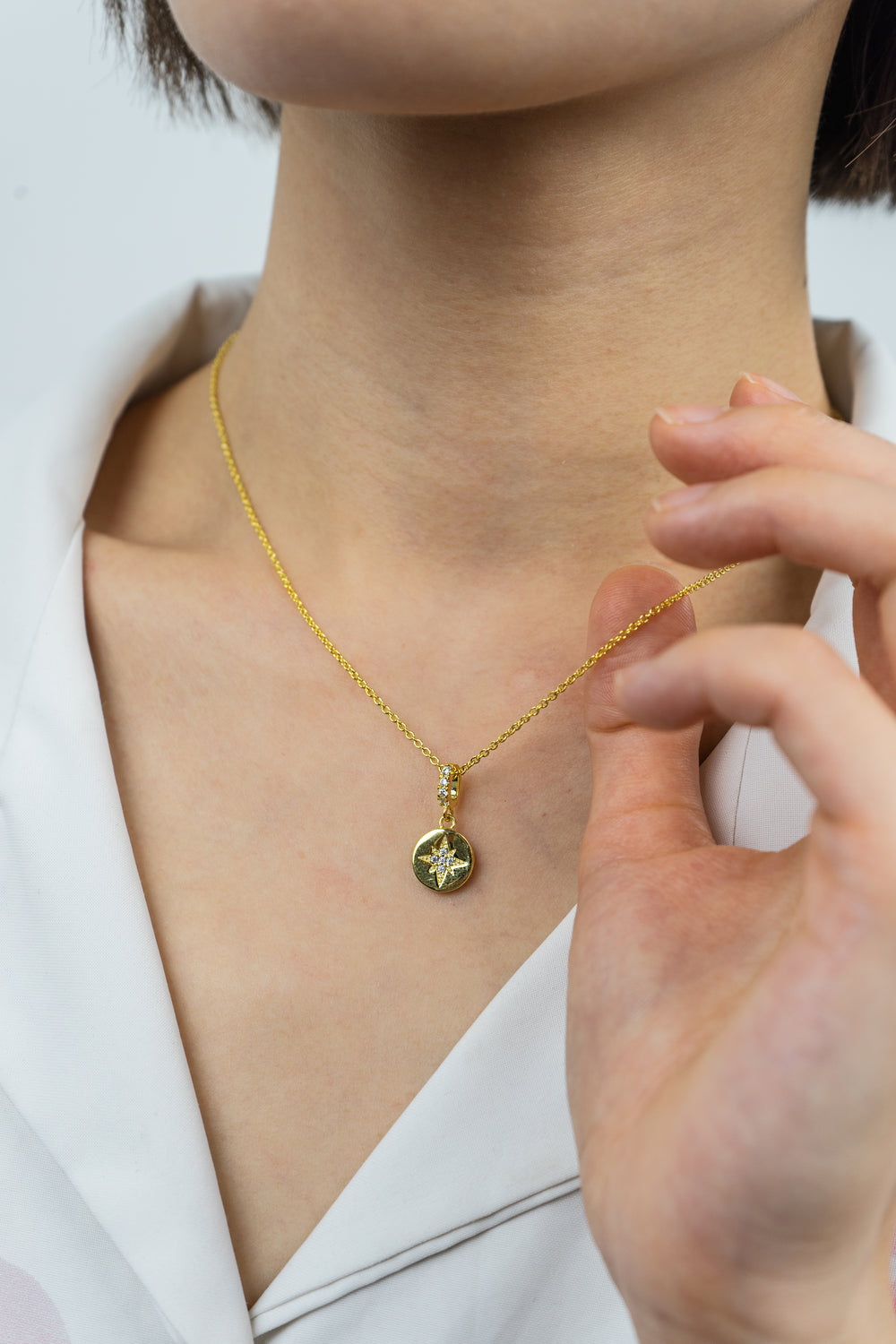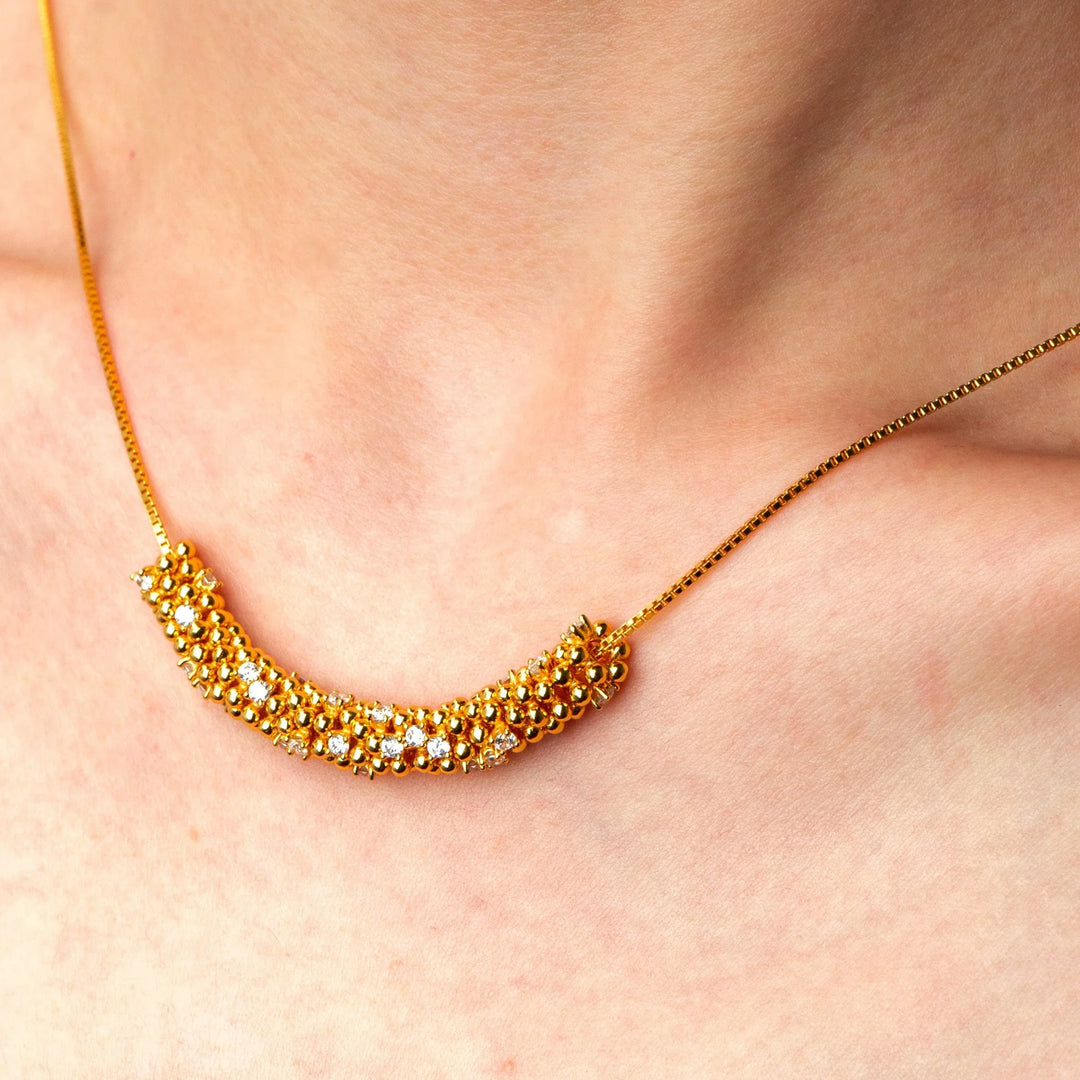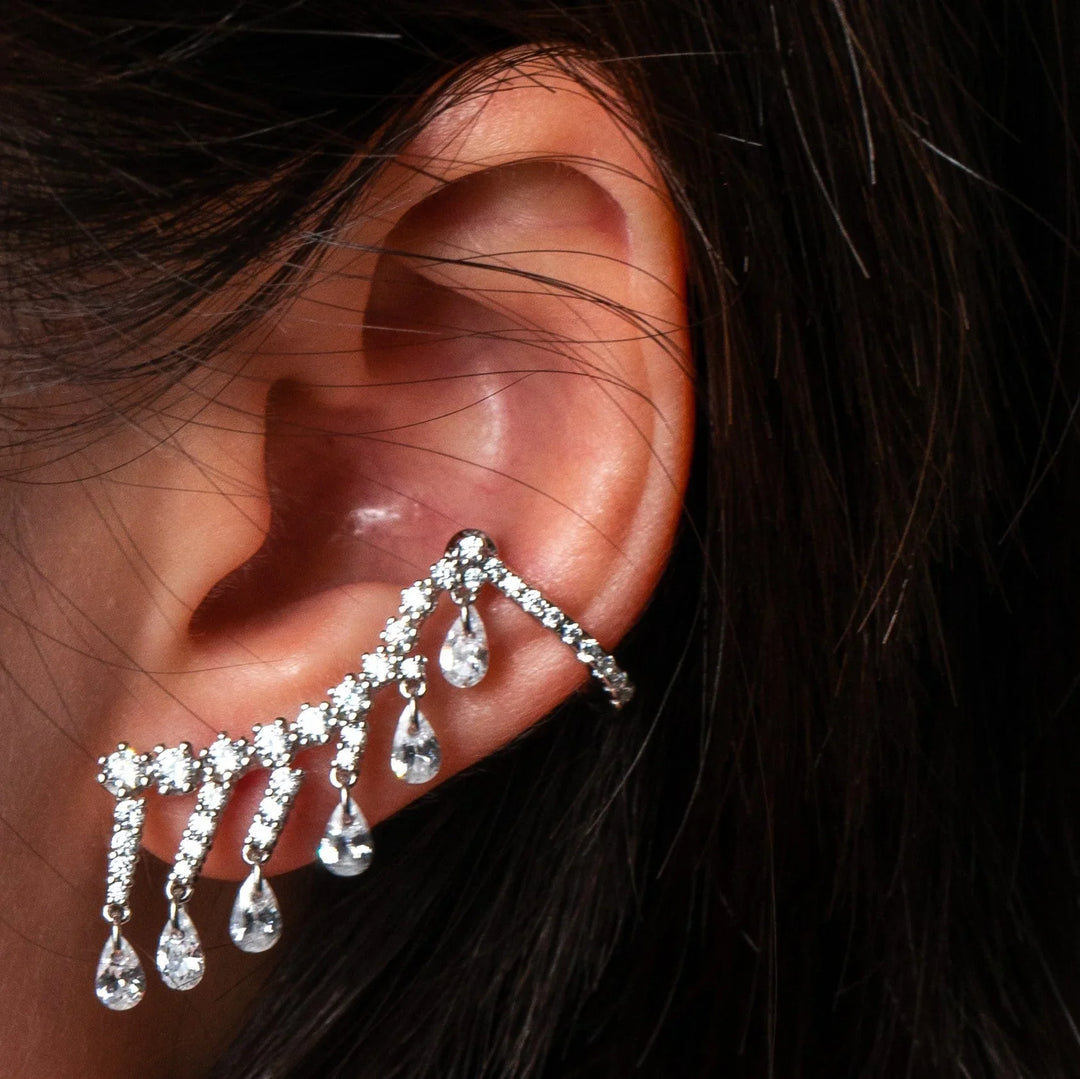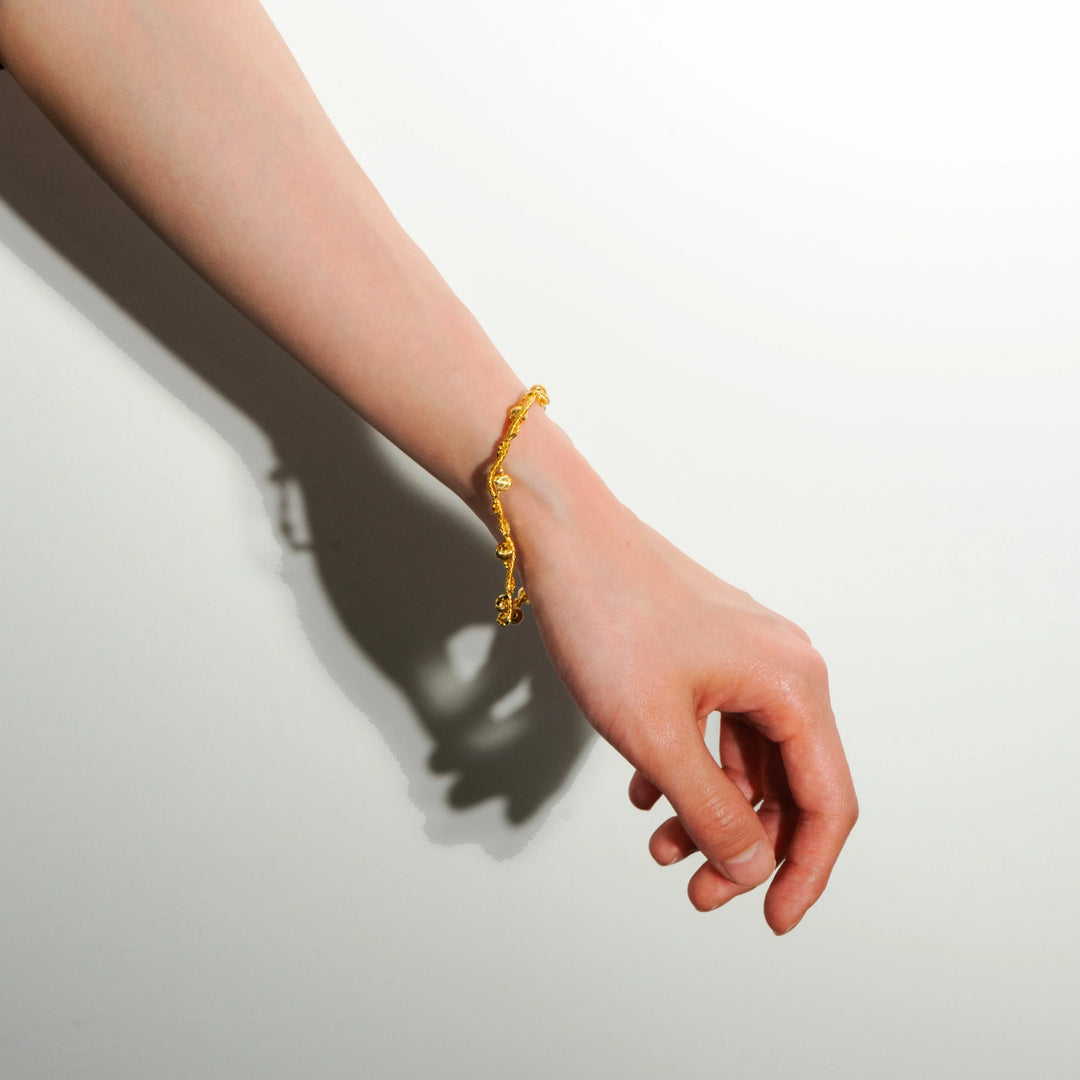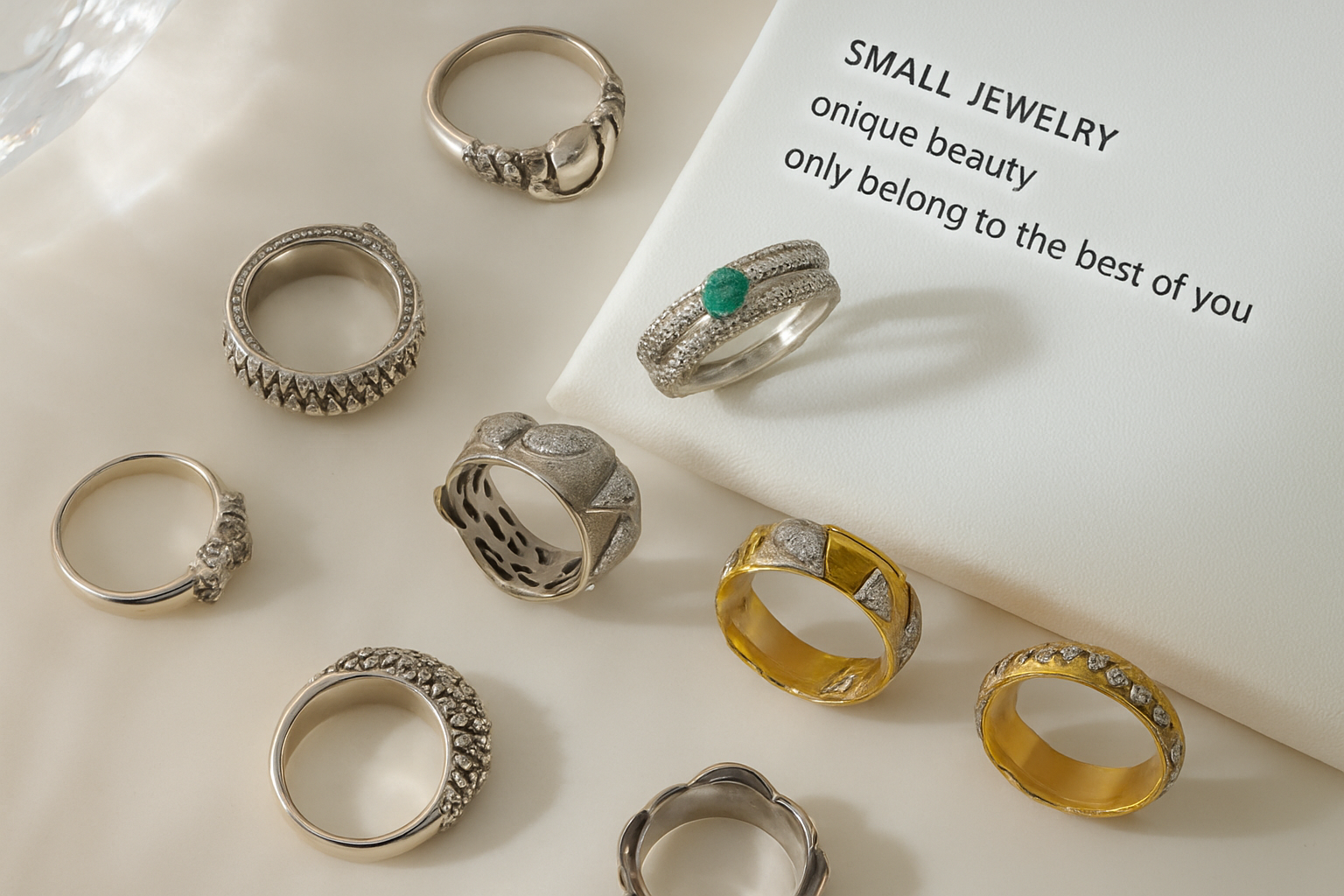

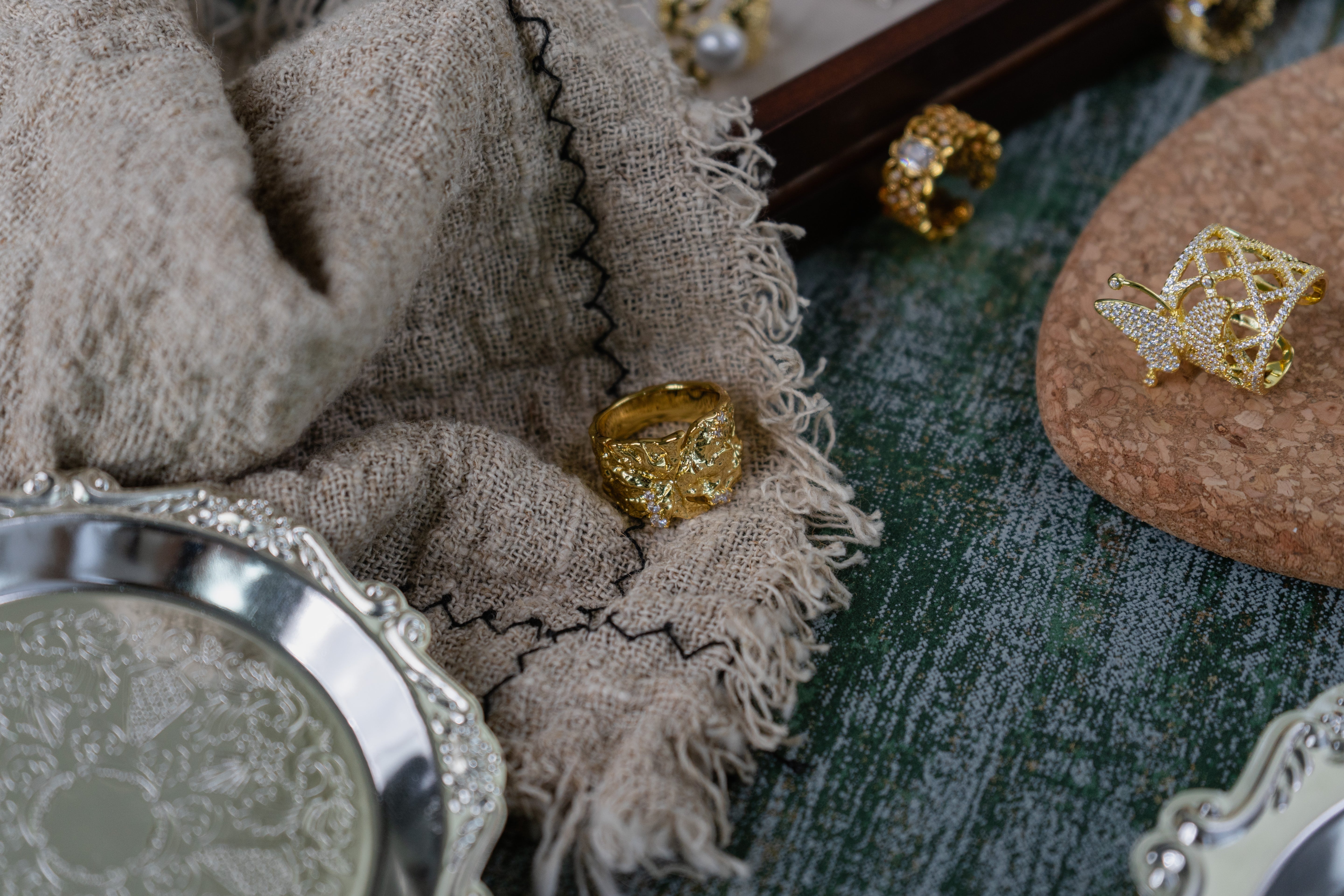

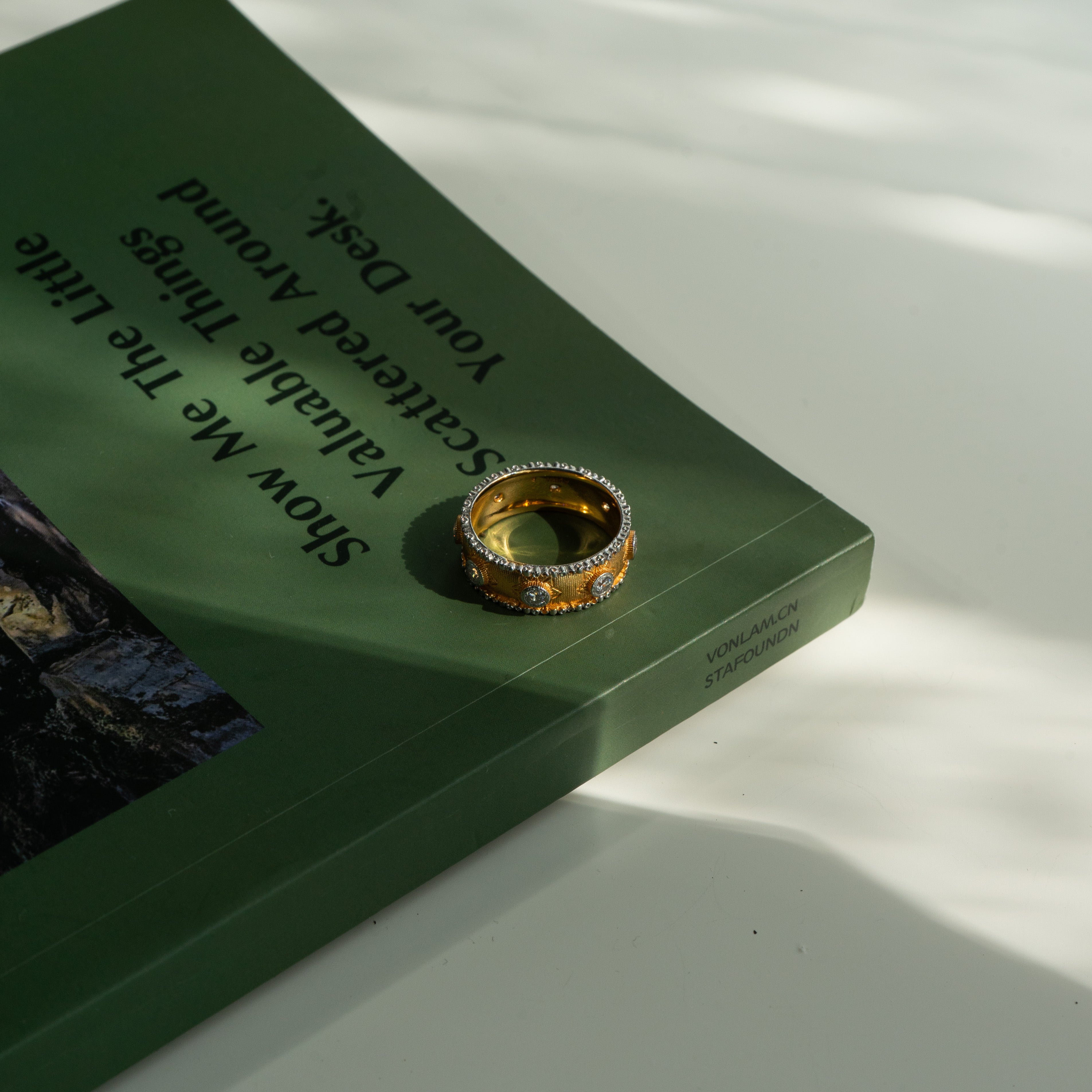

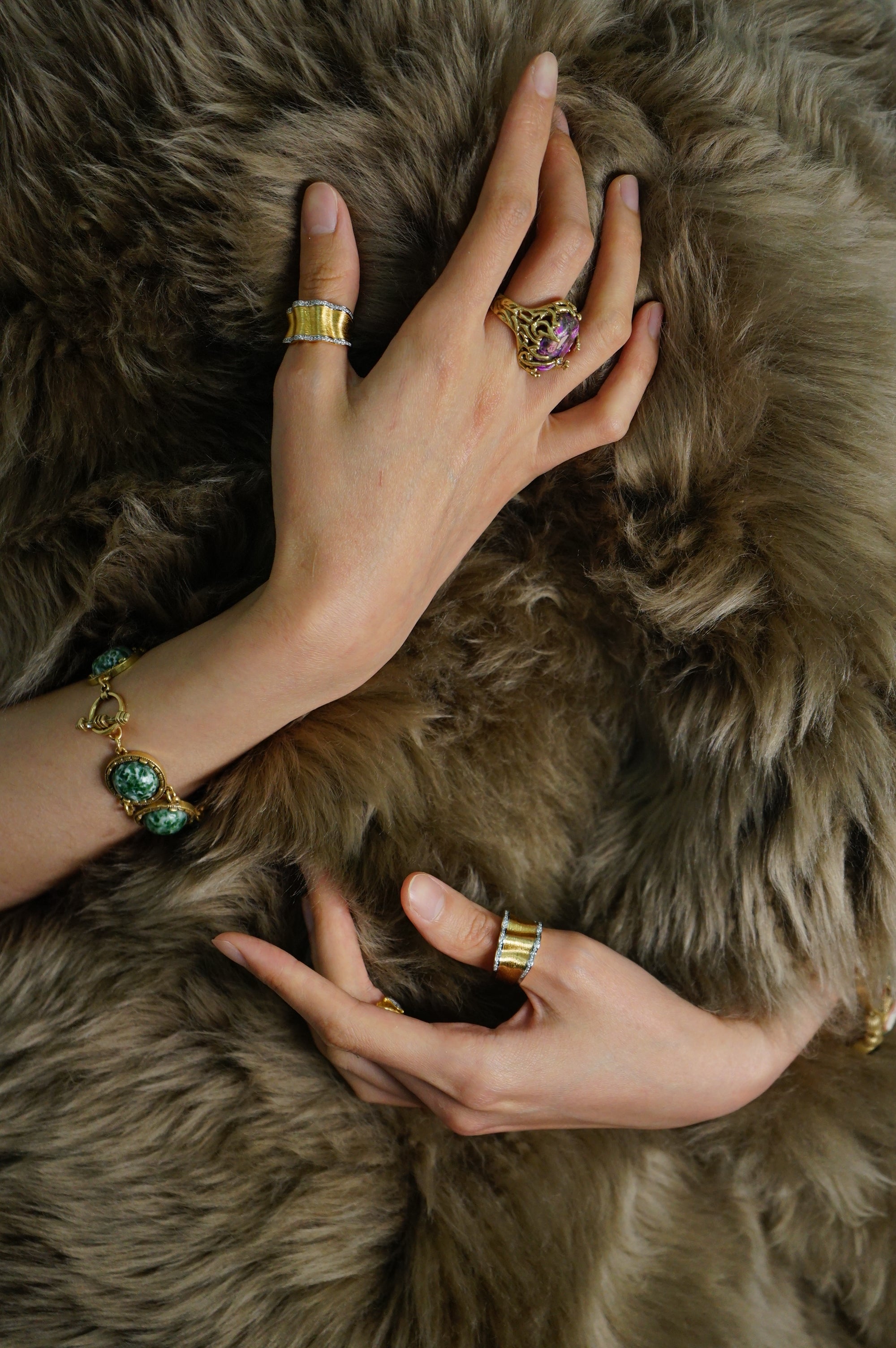

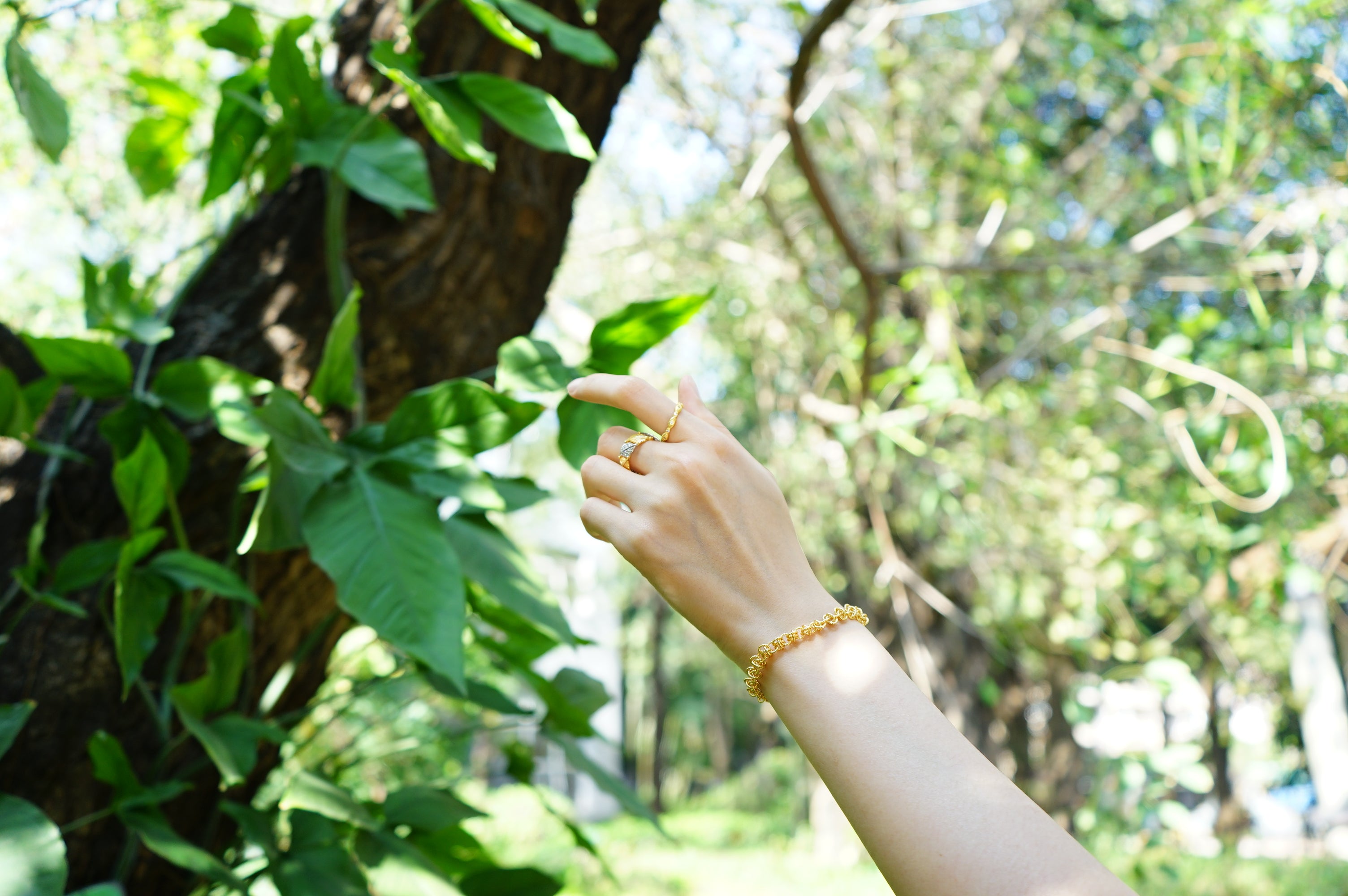

Lab-Grown Diamonds vs Natural Diamonds: Which Should You Choose?
Diamonds symbolize love, luxury, and timeless beauty. Today, more shoppers are asking whether lab-grown diamonds can truly rival natural ones. The debate of lab grown diamonds vs natural diamonds has become one of the most talked-about topics in modern jewelry shopping. Consumers want clarity, value, and beauty in their choices.
Lab-grown diamonds have gained popularity because they promise the sparkle of real diamonds at a more accessible price. Meanwhile, natural diamonds carry history, rarity, and tradition. Many buyers struggle to decide which is the better choice. This guide offers a complete diamond comparison, covering origins, quality, price, and sustainability.
By the end of this article, you will understand the advantages and trade-offs of both. Whether you are searching for an engagement ring, a gift, or everyday jewelry, this guide will help you make a decision that reflects your budget, values, and style.
What Are Lab-Grown Diamonds?
Lab-grown diamonds are real diamonds created in controlled laboratory environments. They share the same chemical, optical, and physical properties as natural diamonds. Using advanced technology such as High Pressure High Temperature (HPHT) or Chemical Vapor Deposition (CVD), scientists replicate the natural diamond-forming process in weeks rather than billions of years.
These stones are certified and graded by leading institutions like GIA and IGI, just like mined diamonds. Buyers can select from the same cuts, colors, and clarity levels available in traditional diamonds. The difference lies in their origin, not their appearance.
One of the biggest appeals of lab-grown diamonds is affordability. They often cost 40–60% less than comparable mined diamonds, making them an attractive choice for couples, gift buyers, or jewelry lovers who want elegance without overspending. They are also favored by eco-conscious shoppers who want a more sustainable option.
For modern consumers, lab-grown diamonds combine beauty, quality, and value, making them an increasingly popular choice in today’s jewelry market.
What Are Natural Diamonds?
Natural diamonds are formed deep within the Earth’s mantle under extreme heat and pressure over billions of years. These gemstones are then brought closer to the surface through volcanic activity, where they are mined and processed into the dazzling stones we know today.
Every natural diamond carries a story of time, rarity, and geological wonder. Because of this long formation process, they are often seen as treasures of nature. Their value is tied not only to their sparkle but also to their rarity.
Shoppers often associate natural diamonds with tradition, luxury, and romance. Many engagement rings and heirloom pieces use natural diamonds to symbolize eternal love and commitment. However, their price is higher compared to lab-grown diamonds, reflecting their scarcity and the cost of mining.
For some buyers, natural diamonds are irreplaceable because of their historical and sentimental appeal. They represent not just a gemstone but also a piece of Earth’s history.
Lab-Grown Diamonds vs Natural Diamonds: Key Differences
When comparing lab-grown diamonds vs natural diamonds, both offer brilliance, durability, and elegance. However, their differences help buyers decide which fits their lifestyle best.
1. Origin
-
Lab-grown diamond is created in laboratories using technology.
- Natural diamonds are mined from the Earth after billions of years of formation.
2. Price
-
Lab-grown diamonds are usually 40–60% more affordable than natural stones.
- Natural diamonds are more expensive because of their rarity and mining costs.
3. Environmental Impact
-
Lab-grown diamond is often marketed as more eco-friendly since they avoid large-scale mining.
- Natural diamonds require significant mining operations, which can affect ecosystems.
4. Resale Value
-
Lab-grown diamonds have a lower resale value because they can be produced in unlimited supply.
- Natural diamonds retain stronger long-term value because of their scarcity.
5. Sentimental Appeal
-
Lab-grown diamonds represent innovation and modern sustainability.
- Natural diamonds carry heritage, tradition, and billions of years of history.
Your jewelry journey is personal—make it unforgettable with BeFruitful.
Price and Value Comparison
One of the biggest reasons buyers compare lab-grown diamonds vs natural diamonds is price. Lab-grown diamonds are generally 40–60% more affordable than natural diamonds of similar size and quality. This makes them a popular choice for couples who want a larger stone without stretching their budget.
However, while lab-grown diamonds are cheaper to buy, they usually have lower resale value. Since they can be created in unlimited supply, the market price may continue to drop. On the other hand, natural diamonds hold value better because they are rare and limited in quantity.
For some buyers, affordability is the key factor, making lab-grown diamonds attractive. For others, long-term value and rarity make natural diamonds a smarter investment. This price and value balance often helps customers decide which stone better suits their lifestyle and priorities.
Lab-Grown Diamonds vs Natural Diamonds Comparison
| Feature | Lab-Grown Diamonds | Natural Diamonds |
| Price | 40–60% cheaper | Higher reflects rarity |
| Resale Value | Lower, limited secondary market | Higher, holds long-term value |
| Origin | Created in labs | Naturally mined over millions of years |
| Environmental Impact | More sustainable, minimal mining | Mining can affect ecosystems |
| Rarity | Easily produced, abundant | Rare, limited supply |
| Appearance | Visually identical to natural diamonds | Unique inclusions may vary |
| Ethical Considerations | Conflict-free by default | Must verify sourcing to ensure conflict-free |
| Size Options | Larger stones more affordable | Larger stones significantly more expensive |
Quality and Appearance: Can You Tell the Difference?
Many shoppers worry whether lab-grown diamonds look different from natural diamonds. The truth is, they are visually identical. Both have the same chemical composition and crystal structure, which means they sparkle the same way. Even trained jewelers need special equipment to tell them apart.
In terms of clarity and color, lab-grown diamonds often have fewer inclusions because they are created in controlled environments. Natural diamonds, on the other hand, may show unique inclusions formed during their natural growth, which some buyers find charming.
From an everyday perspective, no one will be able to tell whether your diamond is lab-grown or natural just by looking at it. This makes lab-grown diamonds an excellent option for buyers who want stunning sparkle at a lower cost, while natural diamonds remain appealing for their one-of-a-kind origin.
Lab-Grown vs Natural Diamonds: Quality at a Glance
| Feature | Lab-Grown Diamonds | Natural Diamonds |
| Clarity | Often higher, fewer inclusions | Varies, unique inclusions |
| Color | Wide range, often near colorless | Wide range, may have slight tints |
| Cut Options | Same precision cuts as natural diamonds | Same precision cuts, natural irregularities |
| Carat Size | Larger stones more affordable | Larger stones cost significantly more |
| Visual Appeal | Consistently clean and sparkling | Unique character in each stone |
Environmental and Ethical Considerations
For many buyers, the choice between lab-grown diamonds vs natural diamonds goes beyond price. It is also about ethics and sustainability. Lab-grown diamonds are created in labs using advanced technology, avoiding the environmental disruption caused by traditional diamond mining. This makes them a popular option for customers who want a sustainable and ethical purchase.
On the other hand, natural diamonds are mined, and while the industry has improved transparency, concerns remain about mining’s impact on ecosystems and local communities. Many jewelers now focus on conflict-free sourcing and responsible mining to address these concerns.
For eco-conscious buyers, lab-grown diamonds are seen as a greener choice. For others, the natural origin of diamonds, paired with certified ethical sourcing, provides peace of mind. The decision often depends on personal values and the story buyers want behind their jewelry.
Lab-Grown vs Natural Diamonds: Environmental & Ethical Comparison
| Feature | Lab-Grown Diamonds | Natural Diamonds |
| Environmental Impact | Minimal mining, lower carbon footprint | Mining can disrupt ecosystems, higher carbon footprint |
| Ethical Sourcing | Conflict-free by default | Must verify sourcing to ensure conflict-free |
| Sustainability | Highly sustainable, repeatable production | Limited sustainability due to finite natural resources |
| Community Impact | Lower risk, controlled production | Can provide jobs but may involve complex labor issues |
| Traceability | Easily traceable from lab to market | Traceability depends on certification |
Durability and Longevity
When it comes to durability, both lab-grown diamonds and natural diamonds perform equally well. They share the same hardness—ranking 10 on the Mohs scale—which makes them highly resistant to scratches and damage. This ensures that whether you choose lab-grown or natural, your diamond will last for generations.
However, longevity also involves long-term perception. Natural diamonds have been treasured for centuries, maintaining a legacy of prestige and rarity. Lab-grown diamonds, while equally durable, are still new to the market, and their long-term cultural value is still evolving.
For customers, the reassurance is clear: you can wear and enjoy both lab-grown diamonds and natural diamonds daily without worry about damage. The main difference lies not in durability, but in how each type of diamond will be valued and perceived over time.
Investment Value: Which Diamond Holds Worth?
One of the most common questions in a diamond comparison is whether the stone will hold its value. Historically, natural diamonds have been viewed as assets. Their rarity and cultural significance create a lasting resale market. Many buyers see them as heirloom pieces to pass down to future generations.
In contrast, lab-grown diamonds usually cost 40–60% less than natural diamonds. However, they also tend to lose resale value more quickly. Since labs can produce an unlimited supply, rarity is not part of their appeal. For customers who view jewelry as an investment, this difference is important.
That said, not all jewelry purchases are about investment. Many couples choose lab-grown diamonds because they prioritize affordability and ethics over resale value. Buyers must decide if long-term worth or upfront savings matter more in their personal choice.
Choosing the Right Diamond for You
Selecting between lab-grown diamonds and natural diamonds comes down to lifestyle, priorities, and budget. If you want a sustainable, affordable, and visually identical option, lab-grown diamonds are the perfect fit. They allow customers to purchase larger stones at lower prices without sacrificing quality.
If tradition, rarity, and long-term legacy are important, natural diamonds remain the classic choice. They carry cultural significance and historical prestige that many buyers value.
When shopping, it helps to consider your values. Do you prioritize eco-consciousness, budget, and modern innovation? Or do you value tradition, rarity, and investment potential? Understanding these differences will guide you toward the diamond that best reflects your story.
Our Diamond Jewelry Collections
At BeFruitful Jewelry, we believe that both lab-grown diamonds and natural diamonds deserve to shine in modern, meaningful designs. Whether you’re looking for timeless classics or trendy statement pieces, our curated collections are designed for everyday elegance and special occasions alike.
-
Rings: From simple solitaires to stacked diamond bands, our rings highlight the brilliance of both lab-grown diamonds and traditional stones. Perfect for engagements, anniversaries, or personal milestones.
-
Necklaces: Delicate chains, diamond pendants, and layered styles make our necklaces versatile. They bring sparkle to your daily outfits or add a finishing touch to formal wear.
-
Bracelets: Discover sleek tennis bracelets and bold designs crafted with lab-grown diamonds. These pieces are ideal for diamond stacking and layering.
-
Earrings: From elegant studs to statement drops, our earrings combine modern craftsmanship with timeless sparkle. They make the perfect diamond alternative gift for any occasion.
Final Thoughts – Choosing Between Lab-Grown and Natural Diamonds
The choice between lab-grown diamonds and natural diamonds is deeply personal. For some, natural stones carry a sense of history and tradition. For others, lab-grown options offer an ethical and sustainable path without sacrificing brilliance. Both reflect love, commitment, and individuality in unique ways.
At BeFruitful Jewelry, our mission is simple: create elegant, versatile, and travel-friendly pieces that empower self-expression. Whether you are drawn to diamond alternatives for sustainability or prefer timeless natural beauty, our collections are designed to let your jewelry tell your story.
Ready to explore your perfect diamond? Discover our full range of diamond jewelry collections and find pieces that match your lifestyle. For more style inspiration, check out our blog on How to Shop for Antique and Vintage Jewelry Like a Pro.
Your jewelry journey is personal—make it unforgettable with BeFruitful.
Frequently Asked Questions (FAQ)
1. What are lab-grown diamonds, and how do they compare to natural diamonds?
Lab-grown diamonds are created in controlled laboratory environments. They are physically, chemically, and optically identical to natural diamonds, offering a sustainable and often more affordable alternative. Both have the same sparkle and brilliance, and can be certified using standard grading methods.
2. Are lab-grown diamonds real diamonds?
Yes, lab-grown diamonds are real diamonds. The only difference from natural diamonds is their origin—they are created in labs rather than mined from the earth.
3. How do I choose between lab-grown diamonds and natural diamonds?
Consider budget, ethical priorities, environmental impact, and personal preference. Lab-grown diamonds are more affordable and eco-friendly, while natural diamonds hold traditional value and rarity. Refer to our diamond jewelry collections for options.
4. Can lab-grown diamonds be used in all types of jewelry?
Absolutely. Lab-grown diamonds are suitable for rings, necklaces, earrings, and bracelets, just like natural diamonds. They work perfectly for both everyday wear and special occasions.
5. Are lab-grown diamonds certified?
Yes. Reputable labs provide certification for lab-grown diamonds, similar to GIA or IGI certificates for natural diamonds, detailing cut, color, clarity, and carat.
6. Do lab-grown diamonds have resale value?
Resale value is generally lower than that of natural diamonds because lab-grown diamonds can be produced in unlimited quantities. However, they are an excellent choice for initial purchase or personal collection.

